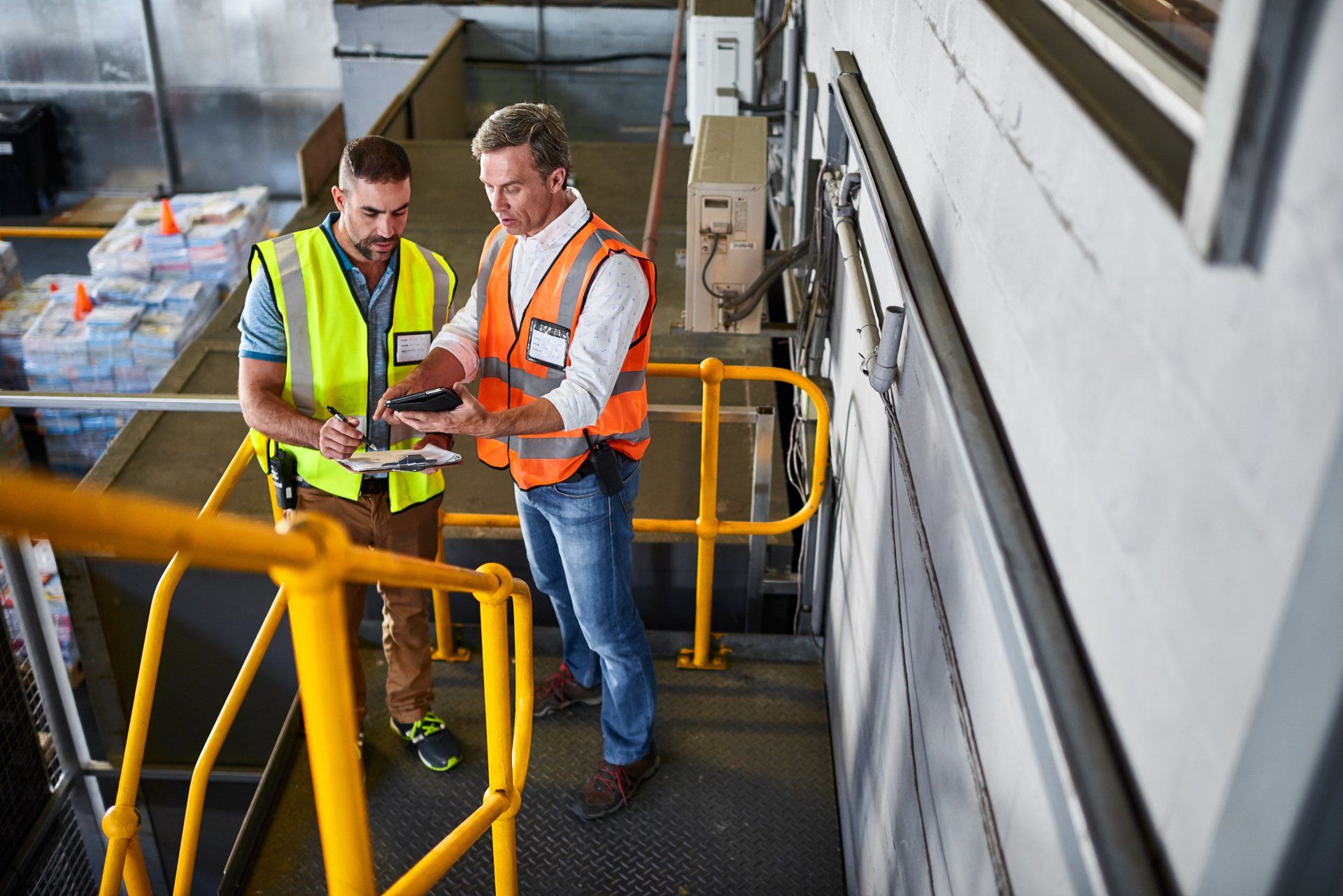Fire Risk Assessment
There is a national requirement to ensure fire safety matters are incorporated at the planning stage of building work.
What is a Fire Risk Assessment?
A fire risk assessment is a review undertaken of a building in order to assess its fire risk and offer recommendations to make the building safer, if necessary, to ensure compliance with Article 9 of the Regulatory Reform (Fire Safety) Order.
An organised inspection of your property is arranged and identifies any fire hazards that could cause danger, whilst evaluating the measures currently in place, and estimating the level of risk for existing hazards. An FRA is the first step to be able to control, manage and mitigate risk from fire and ensure fire safety.

Slide title
Write your caption hereButton

Slide title
Write your caption hereButton
There are four types of Fire Risk Assessments as detailed below;
- Type 1 fire risk assessment (common parts – non- destructive)
- Type 2 fire risk assessment (common parts – destructive)
- Type 3 fire risk assessment (common parts and flats – non-destructive)
- Type 4 fire risk assessment (common parts and flats – destructive)
The requirement for an assessment will differ dependant on the building type, use and known factors.
Who is responsible for carrying out a Fire Risk Assessment?
Under the Regulatory Reform (Fire Safety) Order 2005, the owner or occupier of a premises, ‘The Responsible Person’ must carry out or appoint a competent person to carry out a suitable and sufficient fire risk assessment. In some instances, a recorded fire risk assessment may not be required; however, CWB Fire Safety would recommended recording the risk assessment process for insurance and business continuity purpose.
What gets reviewed as part of the Fire Risk Assessment process?
The Fire Risk Assessment process is comprehensive and takes into account many different fire risk factors. The level of detail in an individual review will depend to a large extent on the complexity of the building, all of which is agreed prior to the organised site inspection.
Whilst every assessment is different, CWB Fire Safety would check the following fire risk and fire prevention factors as a matter:
- The use, layout, and construction of the building
- The number and nature of occupants, including any vulnerable occupants
- Whether there is any history of fire loss in the building
- Electrical equipment on site which could be a source of ignition
- Smoking areas and measures taken to prevent smoking causing fires
- Defence against arson
- Portable and installed heating devices which may trigger fires
- Protection against fires caused by lightning
- General housekeeping & keeping key areas clear of combustible materials
- Any fire hazards introduced by building works or outside contractors
- The storage arrangements for any dangerous/flammable liquids
- The configuration of escape routes and how they are maintained
- Measures in place to limit fire spread, such as compartmentation
- The provision of emergency lighting
- The provision of fire safety signs
- The provision of fire warning system within the premises the alarm in case of fire
- The provision of fire extinguishing appliances
- The correct installation and maintenance of other devices, such as sprinklers and dry riser systems.
- A review of management systems within the property, specifically in relation to; staff training, evacuation drills, maintenance of fire safety systems within the property and suitable records that evidence the testing and maintenance of said systems.
CWB Fire Safety can assist in providing expert fire risk assessments for domestic and commercial premises to give you confidence in your workplace safety. Please get in touch to find out how CWB Fire Safety can assist you and your requirements.
CWB Fire Safety Consultants offer a wide range of services
Need advice or want to discuss your fire safety needs? Let’s talk.
CWB Fire Safety
